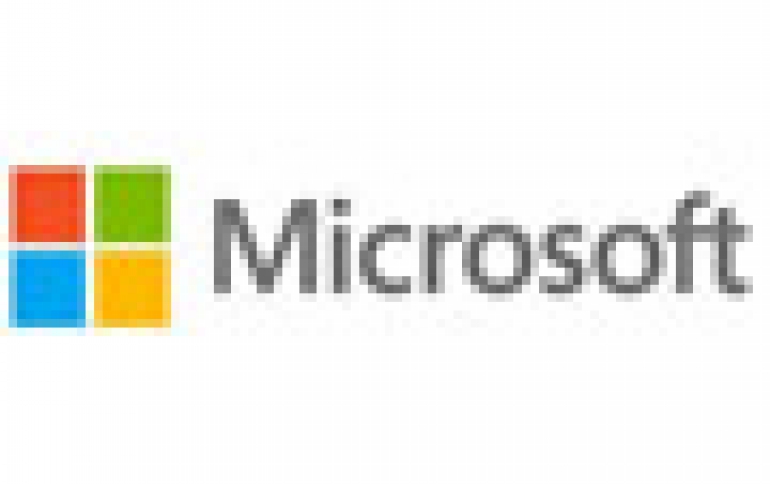
Microsoft Patents Smart Glasses With Augmented Reality
Microsoft has been granted a patent related to digital glasses that overlay information on top of the user's view of the world.
The patent, filed by Microsoft in May 20, 2011 and granted to the company on November 22 2012, describes a technology that provides a user wearing a head mounted display with supplemental information when viewing a live event, such as a football match. Information is provided about actions and objects occurring within an event and within the user's field of view. A user wearing an at least partially see-through, head mounted display can view the live event while simultaneously receiving information on objects, including people, within the user's field of view, while wearing the head mounted display.
Microsoft's patent was filed by Kathryn Stone Perez, executive producer of the Xbox Incubation unit which earlier developed the Kinect sensor; and John Tardiff, an audio-video engineer who previously worked at Apple.
The patent suggests the key to making this work would be to vary the transparency of the glasses lens.
"Other alternatives allow the display to become completely opaque, in order for the display to provide, for example, a display of a video such as an instant replay of the live event," it says.
In a further aspect, the patent describes a computer implemented method that provides supplemental information to a user with a head mounted display viewing a live event. The technology includes receiving an indication that a user is attending a live event. The user's field of view through the head mounted display is determined and objects within the field of view at the live event identified.
Microsoft says a wrist-worn computer could be used to operate the device, or the user might control it through voice-commands and flicking their eyes to a certain spot.
The company suggests that sensors would need to be built into the eyewear - including a microphone, video camera, gyroscope, eye gaze-trackers, infra-red detector and magnetometer as well as wi-fi and/or bluetooth connectivity - to provide the functionality it describes.
Smart glasses and other head-worn displays will be the next major form-factor for computing with adoption by consumers beginning around late-2014.
If a Microsoft product comes to market it could challenge Google's Project Glass. Google is planning to deliver its augmented reality glasses to developers early next year and then follow with a release to consumers in 2014.
Microsoft's patent was filed by Kathryn Stone Perez, executive producer of the Xbox Incubation unit which earlier developed the Kinect sensor; and John Tardiff, an audio-video engineer who previously worked at Apple.
The patent suggests the key to making this work would be to vary the transparency of the glasses lens.
"Other alternatives allow the display to become completely opaque, in order for the display to provide, for example, a display of a video such as an instant replay of the live event," it says.
In a further aspect, the patent describes a computer implemented method that provides supplemental information to a user with a head mounted display viewing a live event. The technology includes receiving an indication that a user is attending a live event. The user's field of view through the head mounted display is determined and objects within the field of view at the live event identified.
Microsoft says a wrist-worn computer could be used to operate the device, or the user might control it through voice-commands and flicking their eyes to a certain spot.
The company suggests that sensors would need to be built into the eyewear - including a microphone, video camera, gyroscope, eye gaze-trackers, infra-red detector and magnetometer as well as wi-fi and/or bluetooth connectivity - to provide the functionality it describes.
Smart glasses and other head-worn displays will be the next major form-factor for computing with adoption by consumers beginning around late-2014.
If a Microsoft product comes to market it could challenge Google's Project Glass. Google is planning to deliver its augmented reality glasses to developers early next year and then follow with a release to consumers in 2014.





















